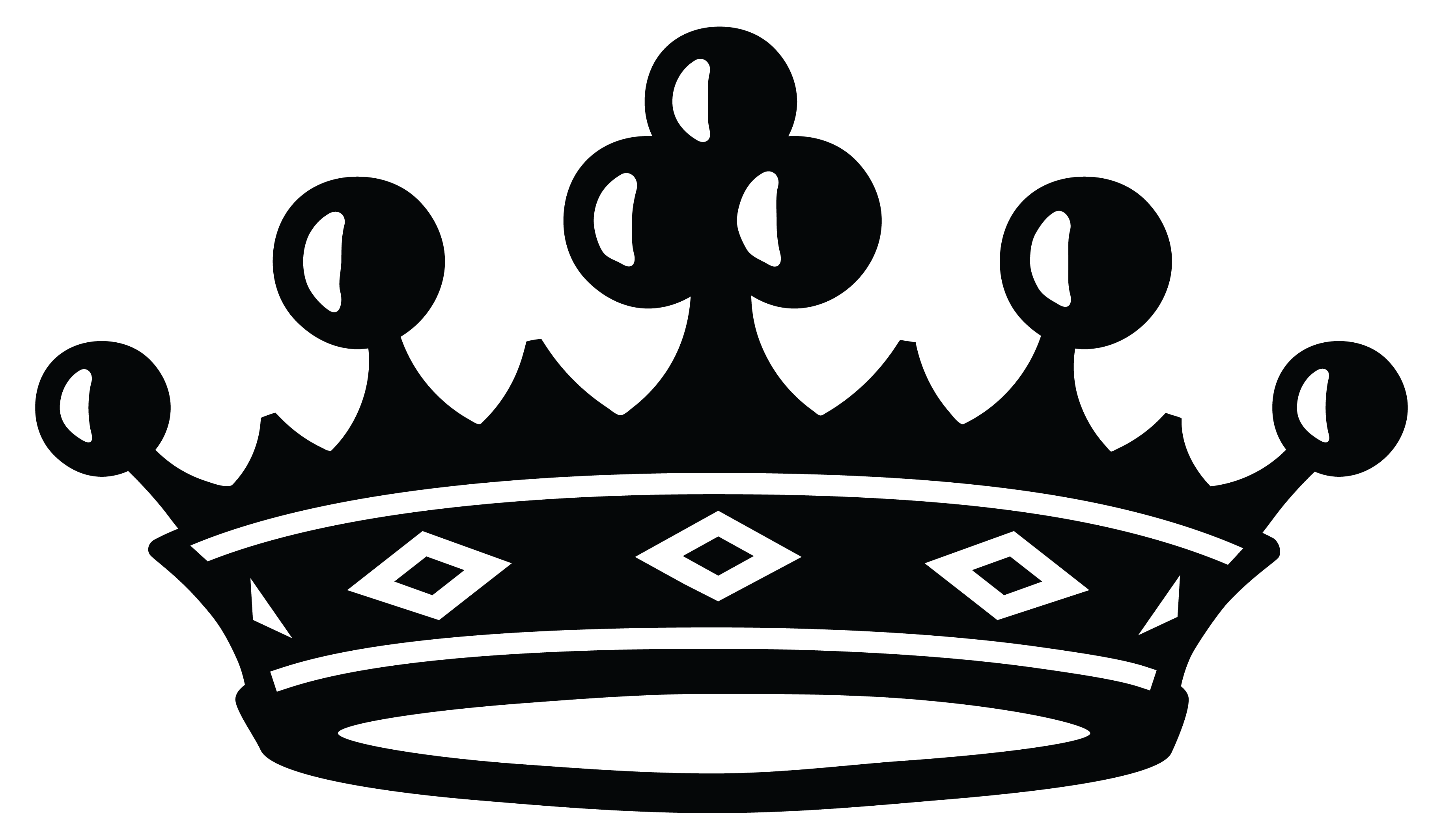[In the aerial view] in the plane from Cape Town back to Zimbabwe, there was so much brown. The material is inspired by that. I use the bandage material, as a landscape. When you look at someone with a bandage, you position yourself in a place of kindness. I started using this material as it would communicate this same sense to anyone looking at the artwork.
I use tea and coffee to stain the bandage. Growing up, when family visitors come you have to make them tea. There's something about tea and coffee … they’re like a medium for conversation.
The materials I use, the bandage and cotton are very soft and as soft as they are, they carry such heaviness. They reminded us about those pain, but also they gave us an alternative way on how to approach pain.
And then the red cotton, it is like the steps or the footprints of the people, their own map within the map of the country, where they are moving, so they've created their own border.










